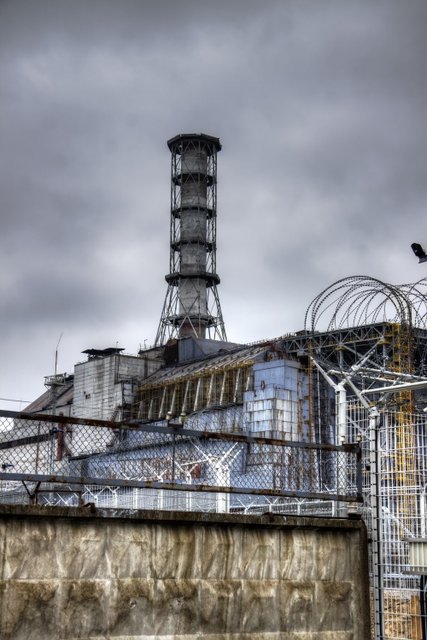Nuclear accidents
 Chernobyl (Photo: GettyImages)
Chernobyl (Photo: GettyImages)
The use of nuclear power can bring both benefits and burdens. Chernobyl, Fukushima, Three Mile Island – names that are all linked to the major nuclear accidents in the past decades.
The risk and potentially devastating effect of a malfunctioning nuclear reactor is frightening.
The International Atomic Energy Agency (IAEA) introduced the International Nuclear and Radiological Event Scale (INES) in 1990. The aim was to be able to classify nuclear disasters and to enable prompt communication of significance and information in case of an accident.
The scale reaches from 0 to 7, where 0 is deviation and 1 an anomaly. 7 marks a major accident. So far only two accidents have reached the highest classification: Fukushima in 2011 and Chernobyl in 1986.
Despite the major radiation pollution of Chernobyl, the circumpolar world has seen only two nuclear power plant accidents.
First is the Chalk River accident in Ontario (Canada) on the 12th of December 1952. The reactor core was damaged and the INES scale was set at 5. Several operator errors and the reactor failing to shut down caused havoc. However, no contamination or fatalities were reported or monitored afterwards. It was one of the very first accidents linked to the civilian use of nuclear energy.
In 2006 an accident occurred in the Forsmark Nuclear Power Plant in Sweden. One reactor was shut down after an electrical fault. The incident rated at level 2, no radiation leaked and no fatalities happened.
Sources: The International Atomic Energy Agency IAEA 2 IAEA 3








